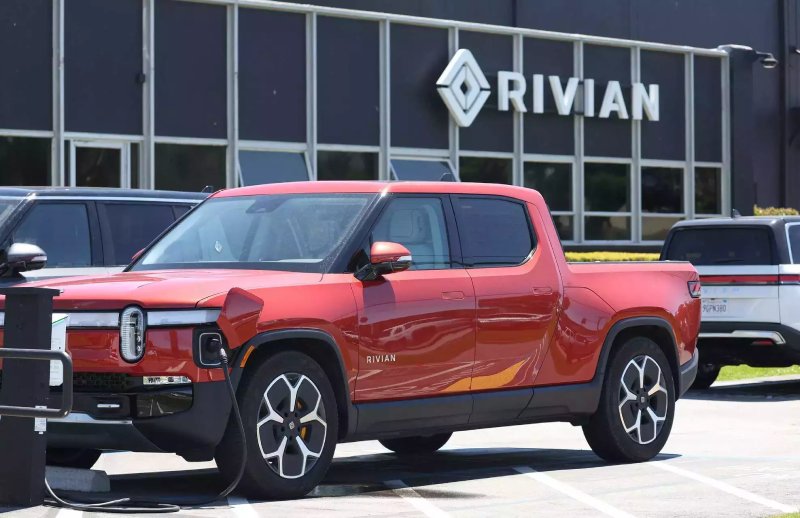
Rivian Automotive (RIVN.O) on Tuesday raised its full-year production forecast, and its chief executive said the electric vehicle maker has enough money to last it through 2025 as it keeps a lid on costs.
Shares in Rivian, which initially rose nearly 3% after results were published, were up 1% in choppy extended trading. The stock has soared nearly 80% in the past three months.
The Amazon-backed (AMZN.O) company, like other EV rivals has been burning through cash to ramp up production and keep up with market leader Tesla (TSLA.O), which has slashed prices.
Rivian, though, has fared better than smaller firms as demand for its pickup trucks and sport-utility vehicles has risen despite high borrowing costs for consumers.
The competition and a tight funding environment led two EV firms – Lordstown Motors (RIDEQ.PK) and Proterra (PTRA.O) – to file for bankruptcies in June and this week, respectively.
In an interview with Reuters, Rivian CEO RJ Scaringe said his company was in a far stronger financial position.
“The cash balance that we have today takes us through 2025,” Scaringe said. “We will be very thoughtful and intentional on how we secure additional capital to support the growth of the R2 program,” he added, referring to the company’s upcoming lineup of smaller, cheaper cars.
Rivian’s cash balance fell by nearly $2 billion in the second quarter to $9.26 billion.
After struggling to ramp up production because of a shortage of parts such as power semiconductors, Rivian has moved to building in-house Enduro powertrains to cut costs and reduce dependency on suppliers.
Scaringe, however, said while supply chain visibility had improved, conditions weren’t back to pre-pandemic levels.
“There’s always going to be risk associated with supply chain,” he said. “That contemplation of that risk is what’s informed the guidance that we provided.”
The company on Tuesday said it expected to make 52,000 vehicles in the year, up from its previous forecast of 50,000 units.
It posted second-quarter revenue of $1.12 billion, topping Wall Street estimates of $1 billion, according to Refinitiv data and reported a smaller quarterly loss. That follows deliveries of 12,640 vehicles in the April-June period, beating analysts’ estimates of 11,000.
Second-quarter gross margins improved to a negative 37%, compared with negative 81% in the first quarter. It posted an adjusted loss of $31,595 per vehicle sold, compared with a loss of $67,329 in the previous three months.
Disclaimer: The views, suggestions, and opinions expressed here are the sole responsibility of the experts. No A News Week journalist was involved in the writing and production of this article.
